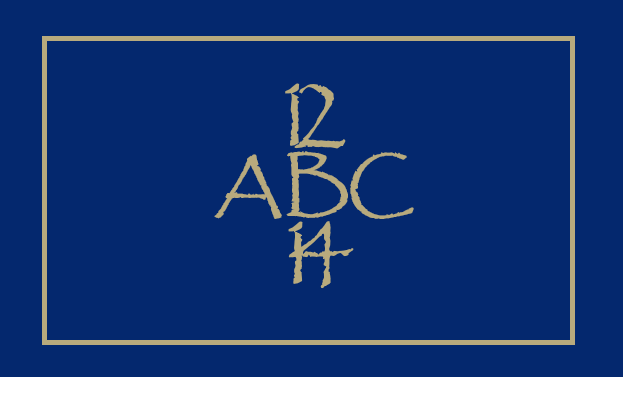
23 Oct How can you combat fatigue, frayed nerves and poor concentration when working in an open-plan office?
How can we hear – and, even more importantly, understand – information that concerns or interests us when working in an office? And the reverse, too: how can we avoid tuning in when the information is likely to interfere with what we’re doing? These are real dilemmas for our auditory system, and in this article we’re going to analyse the cognitive process in a little more detail.
In the first instance, we need to acknowledge that our ears are tasked with an extremely tough mission, as is our entire perceptive and cognitive system that detects and identifies sound signals. The challenge for our brain (and the same applies, of course, to all sensory modalities) is to extract the information from an infinite amount of data (modulations of sound frequencies in this instance) that has special meaning and interest.
This detection operates in particular on the basis of the familiarity of the available data. In a nutshell, the more familiar the information is, the more easily and quickly it is extracted from the background noise. This is the well-known “cocktail party effect”, which enables us to isolate our name when it’s uttered at the next table even though we can’t hear the rest of the conversation, which is masked by the noise of the guests talking at our own table. And, in auditory mode, our first name represents a particularly frequent stimulation, meaning that it is easier to identify.
It follows that auditory perception represents a subtle balance between the capacity of our ears and auditory nerves to correctly capture and transmit the signals, and the capacity of our brains to translate and make sense of the information heard. Under these conditions, the sound environment plays a dominant role. To demonstrate this idea more clearly, let’s change to the visual mode and assume that you don’t have any difficulty reading the letters ABC in the picture above. In the same way, you won’t have any problem mentally transforming your B into a digit, reading the series from top to bottom this time.
It’s amazing, isn’t it? Well, it’s the same thing in auditory mode: the sound environment has a huge impact on the quality of what we perceive. The calmer the context, the easier and more effortless it is for the brain to detect and recognise the signal. And that’s why environments that are too noisy and a general hubbub are particularly tiring and inefficient when trying to understand a message, which then becomes more complex to reconstitute because it’s drowned out by interference… and this is the case even when the noise is well below the maximum levels permitted in the workplace – 85 dB / 8 hours. All of which is a wasted effort and a cause of annoyance. This explains the difficulties we experience in understanding anything other than our name at the next table as described in the cocktail effect. But the difference is that we can always abandon niceties when we’re fed up of not understanding a word of what people are saying… which isn’t really the case at work!
Noise is enormously tiring because it complicates the way we process and understand speech and other sound messages; it also makes concentration much more difficult.
In fact, the sound frequencies linked to speech are prioritised by our brain and interfere strongly with the activities we’re in the midst of doing. When the tone is raised or voices are loud, they’re detected very quickly by our auditory system because they’re potentially associated with a source of danger, in common with all emotionally-charged signals. And it’s the same thing when colleagues start talking, even quietly, about a “technical” subject related to our work. In this instance, being an expert in the field (like recognising our first name) means the information is more critical for our brain – and more effort is needed to ignore it (in cognitive science we talk about inhibition) than if our colleagues were discussing something that was totally alien to us.
In conclusion, background noise – and especially irrelevant conversations – are harmful, and in every instance generate intellectual and auditory fatigue. And this is the case whether we’re trying to understand what someone is telling us or trying not to understand so that we’re not disturbed when we need to concentrate.
So, what’s the miracle solution? Silence… or near silence!
And this is something we can arrange artificially, as in industry and the building trade, using earplugs or ear protectors. But it also needs to be integrated more frequently into the (highly collaborative) practices of people working in open-plan offices. In other words, it is essential for everyone’s comfort and intellectual performance that silent workspaces or periods of silence are introduced in offices so that we can reach a state of deep concentration.
If your work environment prevents you from having comfortable sound conditions that are conducive to intellectual performance (WHO recommends a maximum of 50 dB), you should try out the following:
- Wear personal protection equipment against noise (passive or active headphones),
- Isolate yourself in a quiet workspace,
- Use sounds or music that aids concentration to form a sound filter that covers speech frequencies in particular.
Here are our top three pieces of My Mental Ecology Pro music to help you concentrate:
Gaël Allain, PhD in cognitive psychology, associate researcher in the digital natives chair at Grenoble Ecole de Management and scientific director at My Mental Energy Pro





Désolé, les commentaires sont fermés pour le moment.